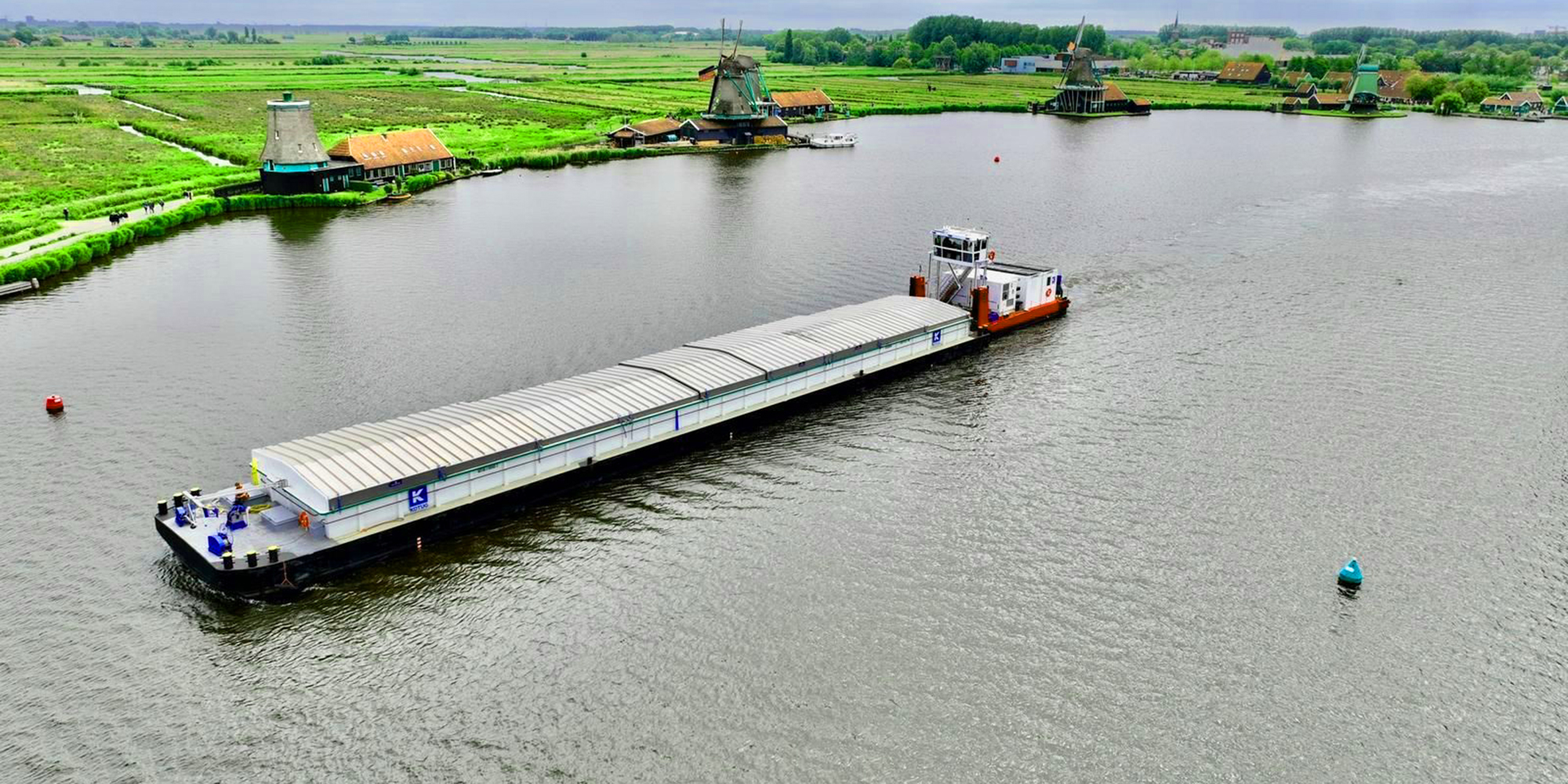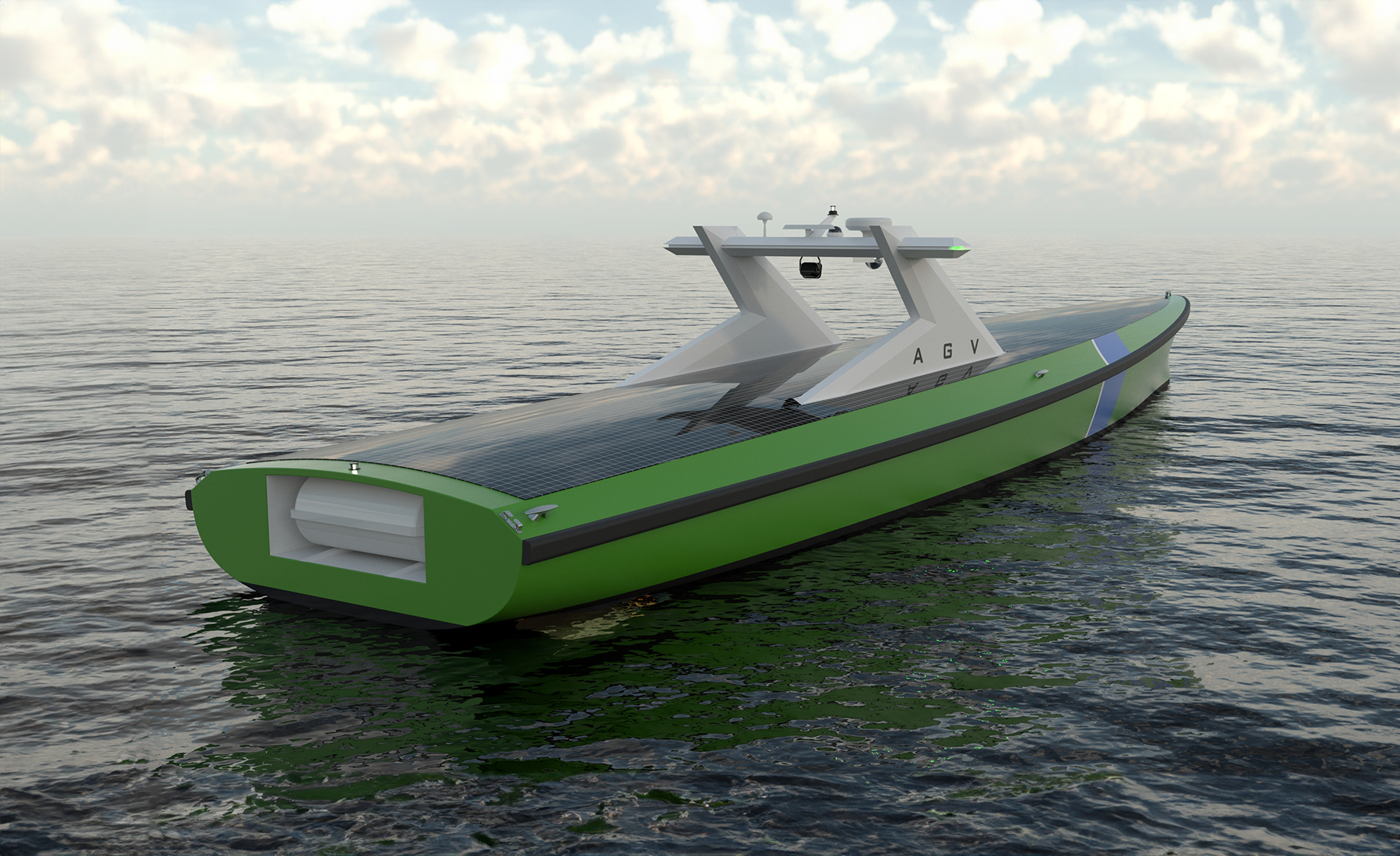
Unmanned, continuous monitoring and surveillance
The increasing number of restricted zones in nearshore and offshore sea areas requires shipping lanes to be respected. Vessels that come too close to restricted areas need to be detected, warned of subsea hazards, and guided to safety. Crewed guard vessels, which are mostly stationary, typically perform that role. However using current technologies, a guard service can be delivered that is sustainable, scalable and less reliant on crews.
The 11.7-meter AGV has been specially designed to prevent collisions and damage from ships entering areas of offshore infrastructure such as turbines, substation platforms and cable routes. Communications can be raised with a ship that intrudes into the guarded area so that navigation instructions can be given; or the autonomous vessel can warn, monitor and escort the ship away from the area.
C-Job’s design focus was to create a sustainable platform that would help to define the regulatory possibilities of a guard vessel, and mitigate risk for its development.
Sustainable solutions are included in every aspect of the AGV’s design. The vessel is smaller and lighter than most existing guard vessels since it requires no crew, and it incorporates state-of-the-art autonomous shipping technology. Batteries supply the propulsion power to eliminate harmful emissions, while solar panels support navigation and communications if the batteries are depleted.
C-Job envisions a minimum of two autonomous guard vessels being used for surveillance of an area, with one fully charged AGV on standby to support operations if the primary guard vessel is occupied with an intruding ship.
The AGV design is an example of a viable, innovative, and autonomous vessel that benefits both wind asset owners and guard vessel operators. It makes little noise underwater, is self-righting so that areas can be patrolled even during extreme weather conditions, and has both a lower initial investment cost and operating cost than current guard vessels.
Autonomous Guard Vessel (AGV)
Project highlights
Innovative dredging solution
New approach to protecting areas of offshore infrastructur
Smart vessel technology
Incorporates state-of-the-art autonomous shipping technology
Economical
Small vessel size, low investment and operational costs
Zero emissions
Battery-powered design means vessel is free of emissions during operation
Autonomous Guard Vessel (AGV)
C-Job specialist testimonial
Autonomous Guard Vessel (AGV)
Scope of work
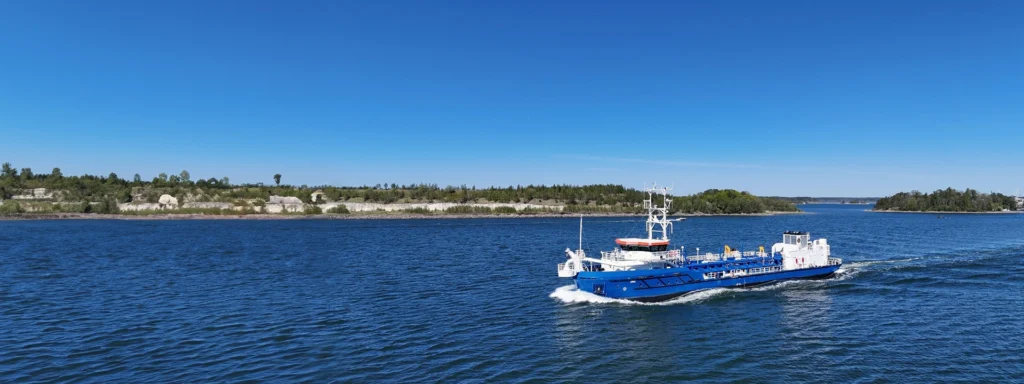
Design and engineering for new-build vessels
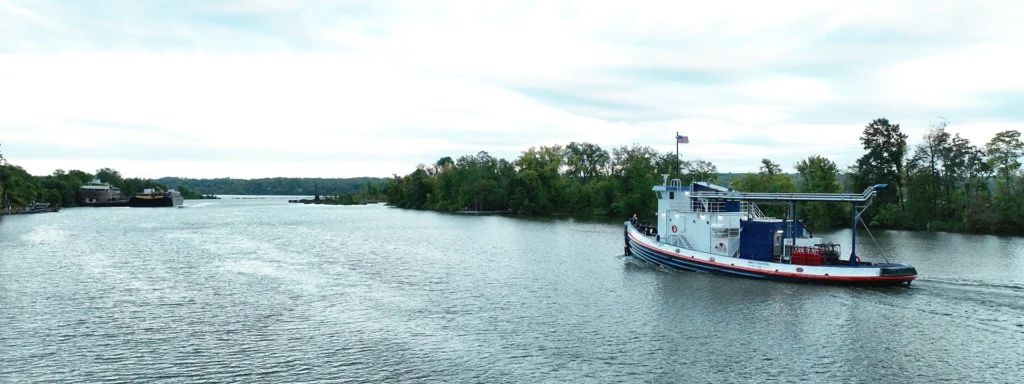
Decarbonization, energy efficiency and compliance
Autonomous Guard Vessel (AGV)
Related case studies
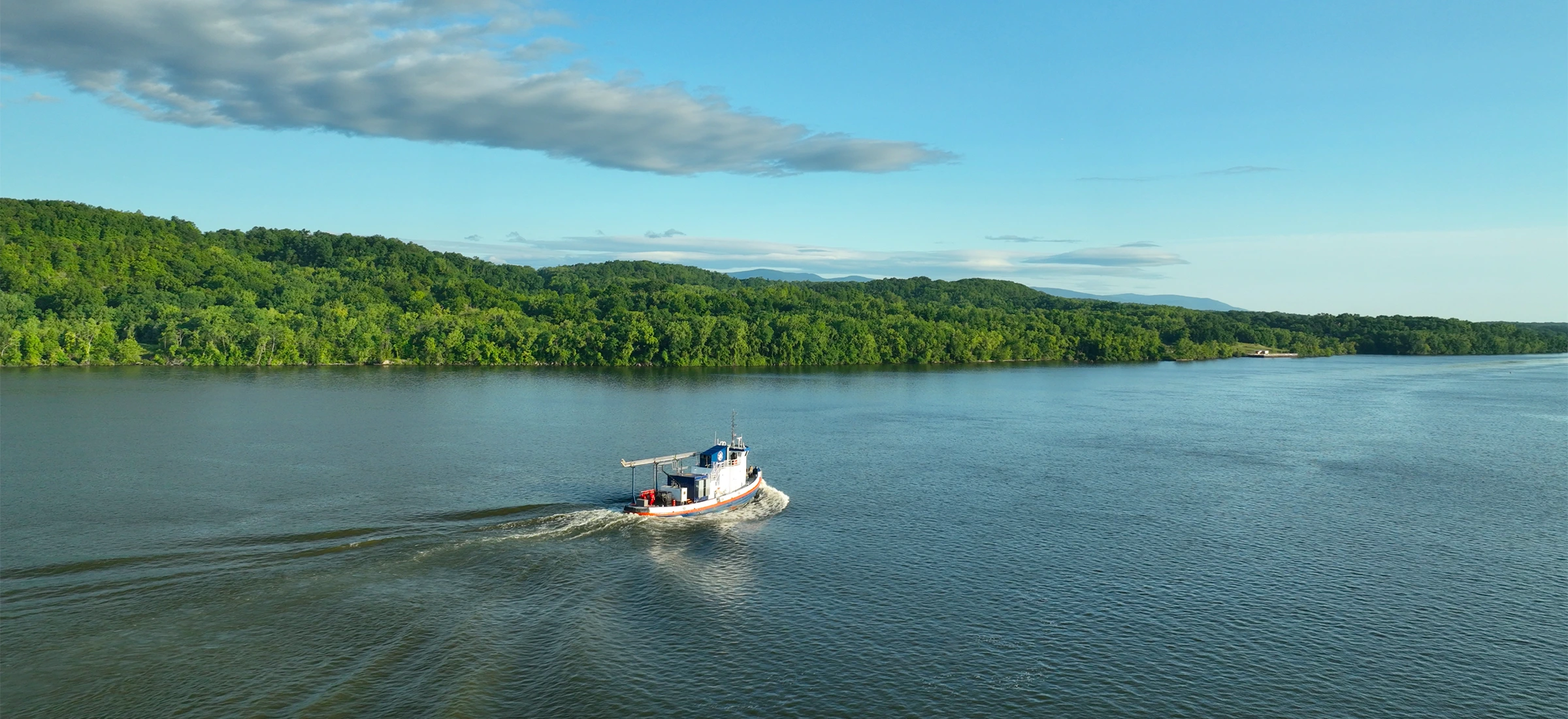
NH₃ Kraken – for Amogy
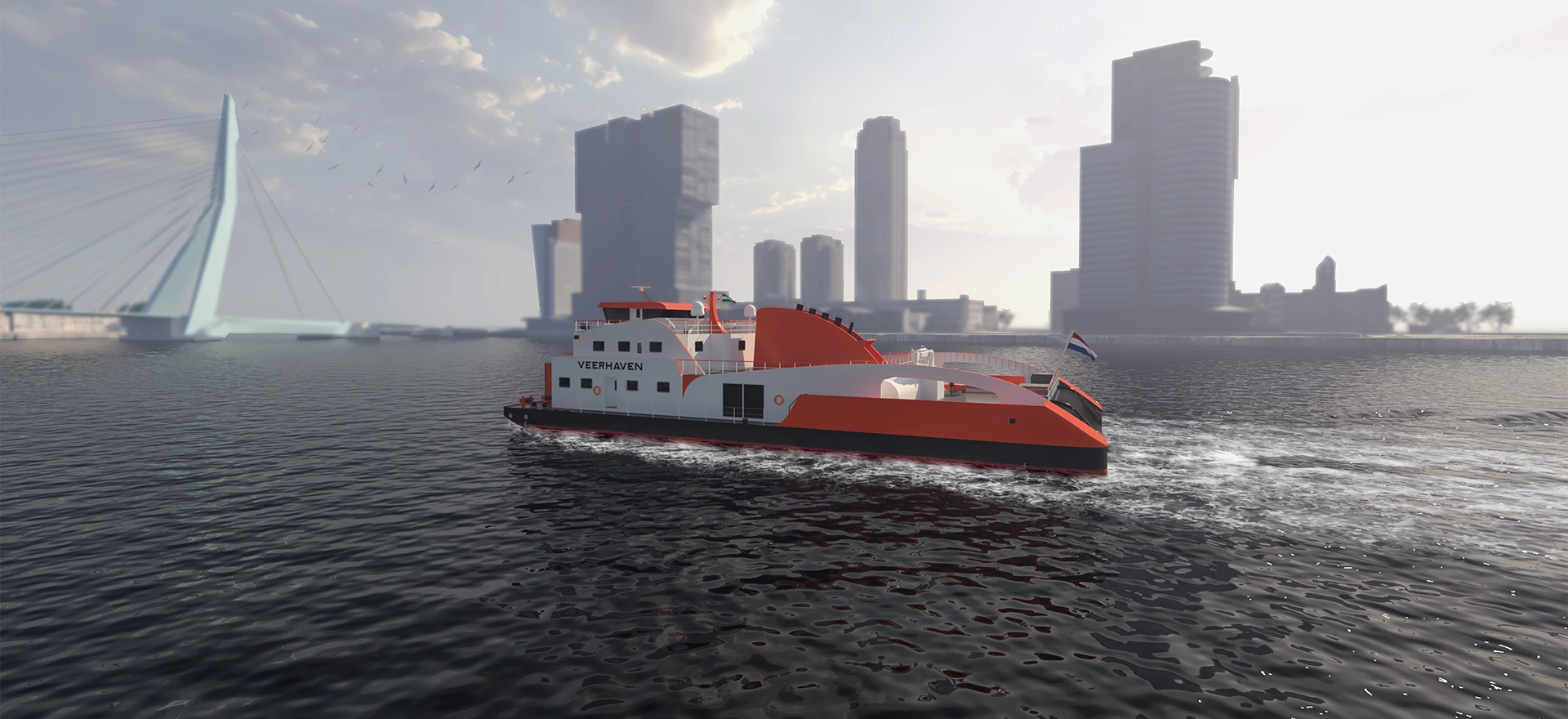
New generation push boats – design for thyssenkrupp Veerhaven
